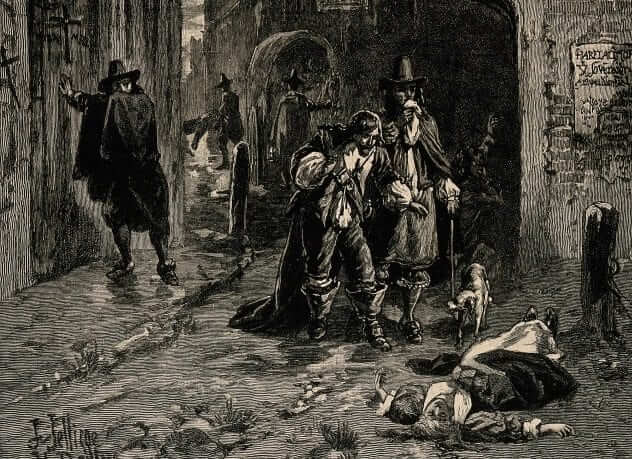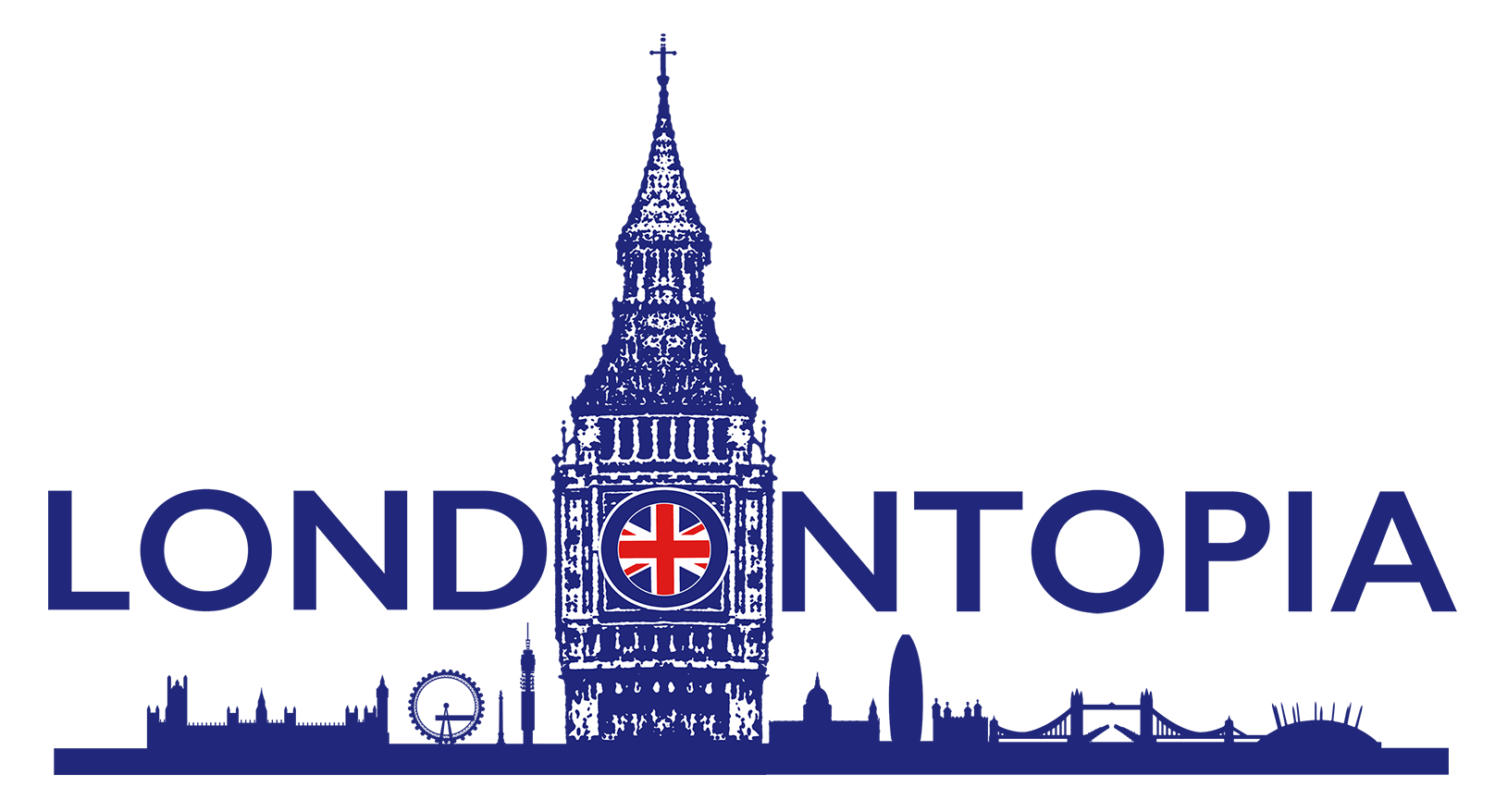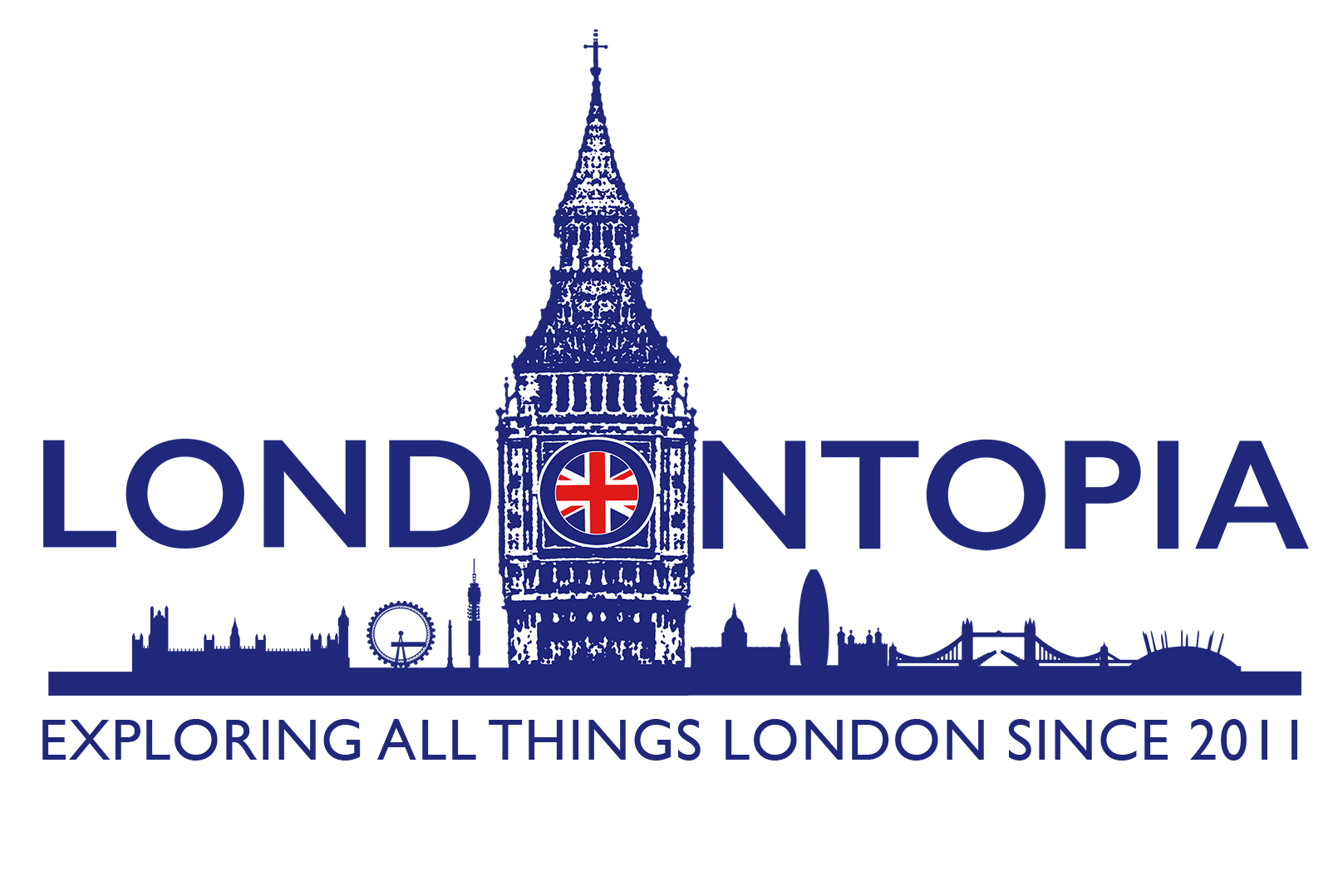London has weathered many disasters in its long history, but few were as terrifying as the Great Plague of 1665. In a city accustomed to periodic outbreaks of disease, this would prove to be the worst epidemic since the Black Death of 1348, claiming an estimated 100,000 lives – nearly a quarter of London’s population.
The plague arrived in London like a thief in the night. The first recorded death came in the parish of St. Giles-in-the-Fields in December 1664. By the following spring, the disease had wrapped its fingers around London’s poorest parishes, where cramped conditions and poor sanitation provided the perfect breeding ground for disaster.
The symptoms were horrific and fast-acting. Victims developed painful swellings (buboes) in their groins, armpits, and necks, followed by fever, vomiting, and often death within days. The disease spread rapidly through London’s narrow streets and crowded tenements, carried by fleas living on the city’s enormous rat population – though nobody understood this at the time.
London’s response to the crisis seems both familiar and alien to modern eyes. Red crosses were painted on infected houses with the words “Lord Have Mercy Upon Us” written above them. These households were locked up, with guards posted outside to prevent escape – effectively condemning entire families to death. The city’s streets echoed with the cry of “Bring out your dead!” as plague carts collected corpses for burial in mass graves.
The wealthy fled the city in droves, including King Charles II and his court, who departed for Oxford. Samuel Pepys, whose diary provides one of our best accounts of the plague, recorded the eerie transformation of London’s usually bustling streets: “Nobody but poor wretches in the streets… the streets empty of people… no boats upon the River… and grass growing in the streets.”
Those who remained tried everything to avoid infection. People carried posies of flowers, believing they would ward off the disease (leading to the famous nursery rhyme “Ring a Ring o’ Roses”). Others smoked tobacco constantly or carried pomanders filled with sweet-smelling herbs. Some even believed that keeping a live chicken under their bed would draw out the infection!

London’s medical profession was helpless against the outbreak. Doctors wore distinctive beak-like masks filled with aromatic herbs, but their treatments – ranging from bloodletting to lancing the buboes – probably did more harm than good. The College of Physicians fled the city, leaving the sick to be treated by quacks who advertised “miracle cures” that were anything but miraculous.
The plague hit London’s poor particularly hard. Many workers lost their jobs as businesses closed, leading to widespread destitution. The Lord Mayor organized collections for the poor, and bread was distributed to those in need, but it wasn’t enough to prevent widespread suffering.
Mass graves were dug across London to handle the mounting death toll. The largest was at Finsbury Fields, where thousands of bodies were buried in deep pits. Today, construction workers in certain parts of London occasionally uncover these plague pits – a grim reminder of this dark chapter in the city’s history.
By late autumn 1665, the death rate began to fall. The cold weather reduced the flea population, and by February 1666, the King and his court felt safe enough to return to London. The city had survived, but at a terrible cost. Parish records show that some areas lost half their population.
Ironically, the following year’s Great Fire of London, while devastating in its own right, may have helped prevent future plague outbreaks by destroying many of the old, rat-infested buildings. The rebuilt city, with its wider streets and better sanitation, was less hospitable to the disease.
Today, you can still find echoes of the Great Plague in London. The Plague Cross at East Smithfield marks one of the mass burial grounds. The Ten Bells pub in Spitalfields stands near another plague pit. And at the church of St. Olave’s Hart Street, you can see a skull and crossbones carved above the entrance – a memorial to the plague victims buried in its churchyard.
The Great Plague marked the end of an era. It was London’s last major outbreak of bubonic plague, but its impact on the city’s psyche was lasting. Together with the Great Fire the following year, it changed how London was built, how it dealt with public health, and how it faced disasters. In many ways, modern London was born from the ashes of these twin catastrophes.
A Little Bit of London In Your Inbox Weekly. Sign-up for our free weekly London newsletter. Sent every Friday with the latest news from London!




